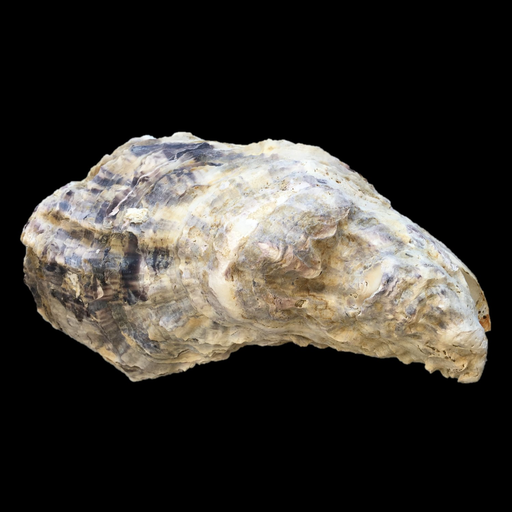Search
About Crassostrea gigas
The Pacific oyster, Crassostrea gigas, also referred to as Magallana gigas, is a bivalve mollusc with vital roles in coastal ecosystems and aquaculture globally. Pacific oysters are sessile organisms that thrive in a wide range of environmental conditions. Although native to Asia, they have been introduced to most continents for farming purposes. In some areas, self-sustaining populations have been established, leading to C. gigas being recognised as an invasive species. The expansion of specific gene families appears to be an important evolutionary adaptation strategy of C. gigas. The Pacific oyster has many characteristics that are representative of molluscs and, more generally, lophotrochozoans. Its genome provides insight into metazoan evolution and is a valuable resource for aquaculture research [1, 2].
Source: Carolina Peñaloza[1], The Roslin Institute and Royal (Dick) School of Veterinary Studies, The University of Edinburgh, 2022.
Picture credit: Chantelle Hooper, Genomics and Systematics, Cefas Weymouth Laboratory, 2022.
Taxonomy ID 29159
Data source The Roslin Institute, The University of Edinburgh
Variation
This species currently has no variation database. However you can process your own variants using the Variant Effect Predictor:




 More information and statistics
More information and statistics

 Download DNA sequence
Download DNA sequence Display your data in Ensembl Metazoa
Display your data in Ensembl Metazoa

 Update your old Ensembl IDs
Update your old Ensembl IDs
![Follow us on Twitter! [twitter logo]](/i/twitter.png)
